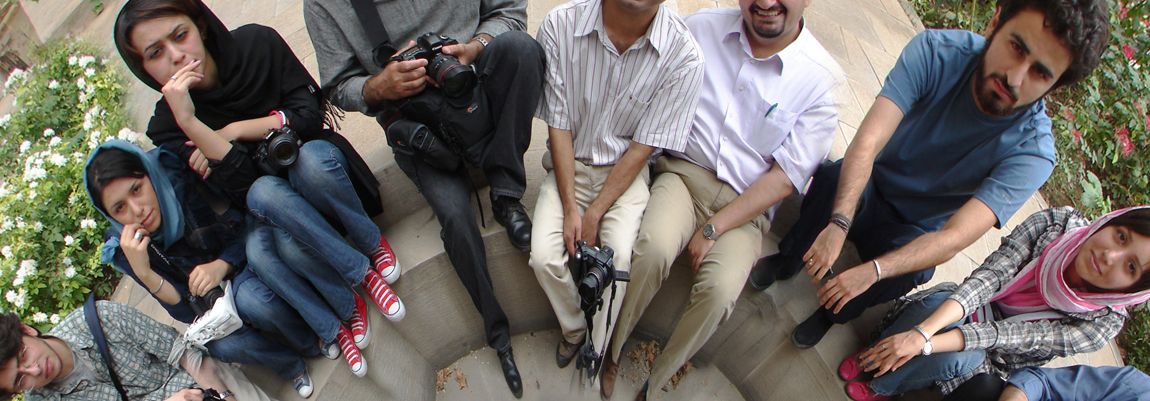Most of the public problems that cry for solutions today are complex and time-consuming. While change efforts are usually started by one or a few motivated people, long-term progress usually requires more than that. And it isn’t just the additional help that’s important. Given the power of the forces any citizen activist may confront, it’s simply too easy for one person to be marginalized. If you’re pursuing a cause by yourself, sooner or later those opposed to change are going to ask, if this is so important, why is she the only one making noise? Why don’t we just ignore him?
But simply collecting a large number of willing people isn’t enough. The work these people do has to be focused and coordinated. There has to be a team.
A team is more than a group of people sharing a common goal and working together to achieve it. A good team is an effective structure for planning, making decisions, coordinating efforts, and bringing power to bear. A good team is synergistic---members motivate each other, build on each other’s strengths and compensate for weaknesses, share the heavy lifting, and cross-fertilizeideas.
Teams can be parts of larger groups, such as the committees of an organization or association, or they can be formed from scratch, to carry out new projects. Many of the functions and attributes of a team are also important for official or semiofficial bodies, such as planning commissions or citizens’ advisory groups.
Teams are important, of course, in business and government, from IBM to NASA. Much of what’s in this chapter is relevant to those worlds too.
This essay is addressed principally to the citizen activist seeking to build a team around a new initiative, or to build a new committee or work team within an already established organization. If your effort is going to be large, long, and complex, then your team building will take time and effort. If all you want to do is round up a few of your buddies to help with a simple task, then what’s here is overkill; your team building can be informal and minimal. Most projects are someplace in between.
The first step in building a team is to find a few people who enthusiastically share your motivation and mission, and whom you trust and get along well with. They become the core of the team, and their first job is to recruit the members of a larger team that will actually do the work. Team leadership at this stage is informal, and decisions are collegial. You may be the one who calls and chairs the initial meetings, but the longer-term leadership of the team is not a decision to be made at this stage.
Choose Team Members Carefully. It’s assumed that by now you’ve got a good idea of the scope of the problem you’re taking on and of the project needed to solve it. Now your core team needs to translate this information into an estimate of how many people---and what kinds of people---you need to help get the job done.
A good team can be more than the sum of its parts---but only if it has the right parts. Just filling the chairs is not enough. Include people representing a fair cross-section of any groups and organizations whose advice and support you know you will need. If your project has to do with combating violence or substance abuse in your children’s school, for example, then teachers, administrators, parents, cops, and kids should be represented.
Include people with the skills, experience, and contacts you think the team will need. Does it need a lawyer, for example, or a publicist or someone with fund-raising experience? You wouldn’t start a business enterprise with a key skill missing; the same reasoning applies to a volunteer project.
Begin your recruiting by approaching people who are already known to members of your core group, and who perhaps have already listened sympathetically to your concerns. It’s unlikely, however, that you’ll find the people with all the qualifications and contacts your team needs just in that initial circle of friends. Expand the search to people recommended by these friends, and then to others you think are likely to share your concerns about the problem. Finally, consider organizations, such as local service or cause groups, or local leadership development programs whose aims are close to yours; they might be sources of team members with the right affiliations and skills.
Steer clear of people whom you know from good experience are overly difficult to work with. Affiliation, skills, and experience aren’t everything.
Photo credit: https://www.flickr.com/photos/hamed/962315433/

